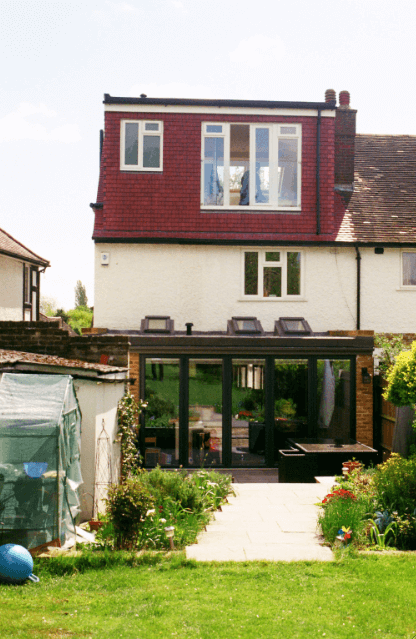Almost every project you undertake for a property will require adherence to Building Regulations. Whether you are performing a one-off renovation of your property’s downstairs, or if you perform many loft conversions in London, you need to abide by the latest in Building Regulations.
But what are Building Regulations?
These regulations are a minimum standard of for design, alteration and construction. They are in place to ensure that all works remain safe and that the quality of the work, no matter who has carried them out, is to a minimum standard of quality.
Unlike Planning Permission though, which can differ from region to region or city to city, depending on the needs and requirements of a particular locality or council, Building Regulations are national guidelines. These Building Regulations include standards and rules applying to health and safety, welfare, sustainability and protection of environmental factors such as the local water supply and local greenery.
Also considered and regulated are factors that relate to hygiene, toxic substances, appropriate ventilation and fuel and energy efficiency.
Building Regulations are more than just a set of standards that workmen and builders up and down the country need to adhere to. They are a legally binding set of rules and regulations; as set out by the Building Act, 1984.
Regulations are subject to updates and changes and this occurs from time to time in order to ensure that modern practices and the latest developments to building practices and methods are accounted for and regulated and protected by the regulations.
While the rules and regulations are there to be adhered to at all times, how they are adhered to will require a degree of interpretation. The law understands that there may well be more than one way to safely build or improve a particular structure and that different tradesmen and builders will have different ways of solving these issues.
It will come down to a combination of the architect, (district) surveyor, technician and any other structural professional to oversee that the latest Building Regulations are catered for and adhered to.
Also unlike Planning Permission is that Building Regulations do not need to be applied for in the same way. Rather, when it comes to these regulations, it will remain the responsibility of the workmen or builders to ensure that the works they carry out as part of their employment by the property owner or manager adhere to Building Regulations.
There are various types of projects and buildings that do not require a strict adherence to Building Regulations. These exemptions include properties and projects that are deemed to be low risk, performed on non-habitable premises, that re controlled by other, separate legislation and various other types of projects and properties.
However, for the most part, all the works that you or your designated workmen will perform on a property will need to adhere to these rules to ensure the safety of everyone involved and the structural safety of the building and the project in question.
Therefore, when looking to perform or undertake any degree of work upon a property or development, it is always best practice to seek advice from Building Control; the body that set out the rules and regulations relating to Building Regulations, as well as your local council to ensure that there are no factors or regulations for the area that may have been omitted.


